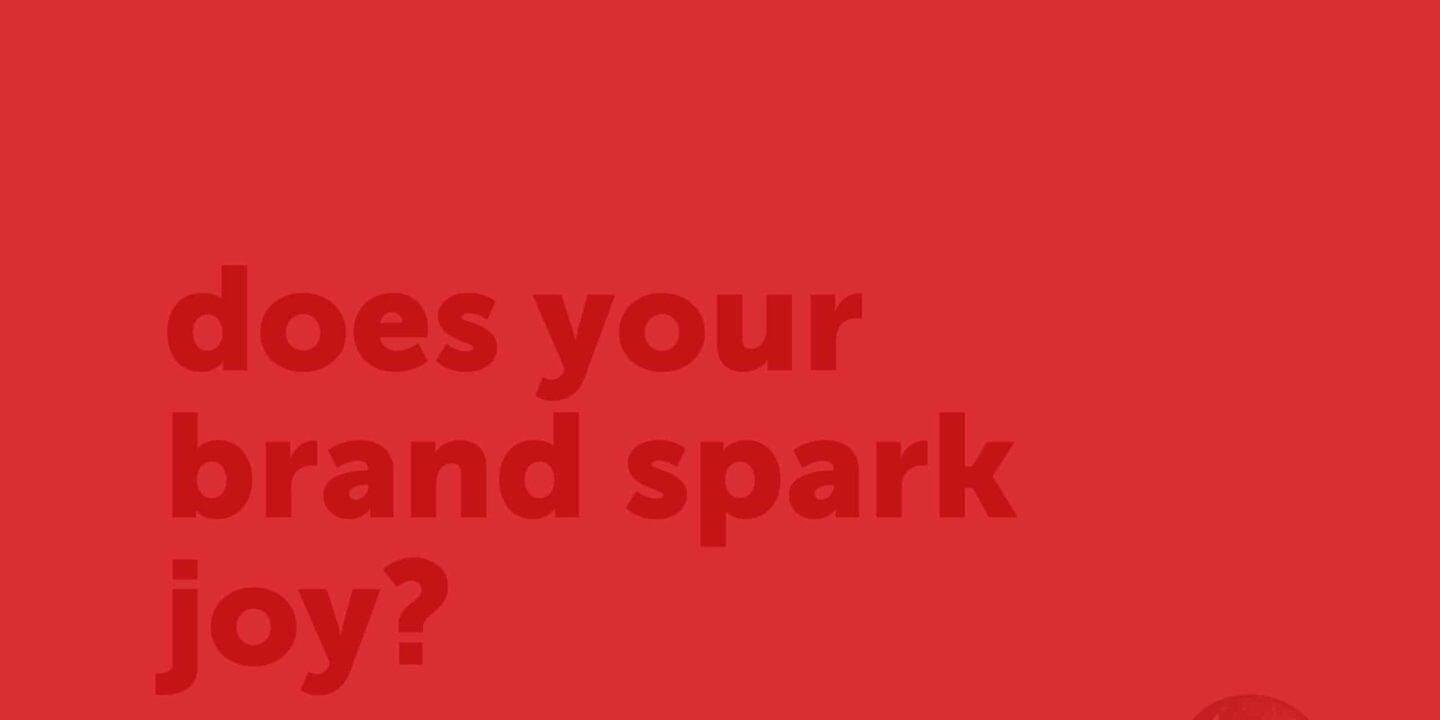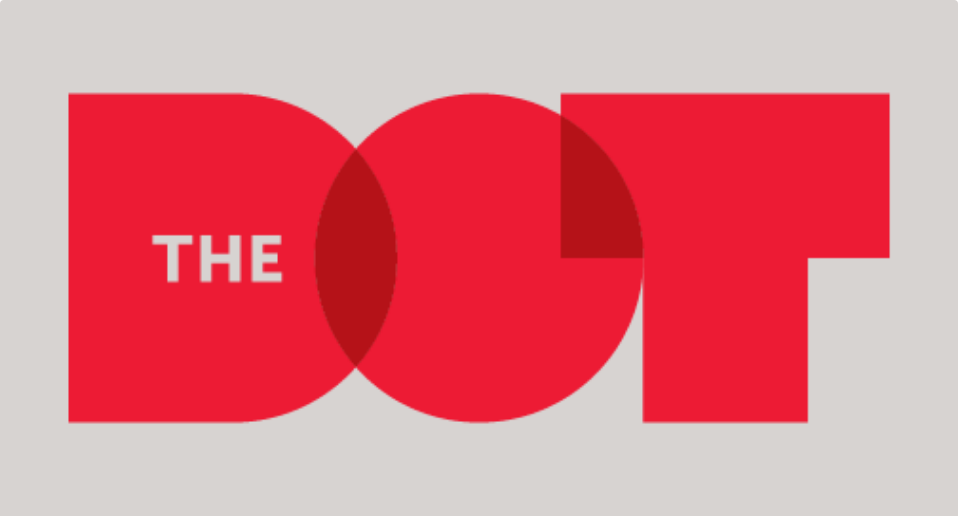How to “Marie Kondo” your marketing

| Red Dot | Branding | Public Relations + Content Marketing
Does your brand spark joy?
Brands can learn a lot from Marie Kondo, the wildly-popular organizing consultant and author of The Life-Changing Magic of Tidying Up. She is the new guru for teaching us how to de-clutter our homes and keep only the items that “spark joy.”
At Red Dot, we come across many clients who keep marketing materials for a decade (or even more). The basic content in these materials might still be somewhat accurate, but their messages and overall branding have fallen into collateral chaos. All too often, different marketing campaigns start to drive the “soup of the day,” where creative designs change. Clients suddenly think they need multiple communication pieces for products, specs, features, warranties… the list goes on.
This is when we like to take Marie’s “KonMari Method” for tidying homes and adapt it to marketing, so we can help get things back on track. Like a deep spring cleaning, de-cluttering collateral can reveal a clear, consistent and simple story that delivers a fluid brand voice and vibe.
So, here are the Kondo steps in communication to simplify your brand:
Tidy all at once
Begin with a Communications Audit. We compare this to going through a closet or an attic filled with things you’ve held on to over the years. For example, your website might be new but the actual content on it is probably quite dusty. Marie Kondo tells her clients to pull every article of clothing from a closet and place them all on the bed, one piece at a time. We tell our clients to take every printed piece of marketing in the office and spread it out on a conference room table (or the floor, if it makes you happy). Then invite coworkers – not just marketing people – to look at all of it: brochures, flyers, newsletters, signage, tri-folds and templates – bring it all and get as many eyes on it as you can.
Determine if any of the items “spark joy” for your audience
Define the purpose of each collateral piece you own. Why was it created? Is it on-brand? Out-dated? Do the sales teams find it easy to use? Do the sales teams still use it? Is what you’re selling still relevant? How could you make it work harder for you? Bottom line: If it has no benefit to your target audience, it’s time to toss it. As Marie Kondo would say, “Thank it for serving its purpose. Now get rid of it.” (She would make that last part sound nicer.)
Tidy by category
Next, break down any remaining communications by category. Is it about branded company tools, sales tools, product information, or specifications? Doing this will make it much easier to create a hierarchy of tools and messages that your audience is receiving to determine what overkill (or underkill, for that matter) you are distributing.
Tidy in order
Create an ideal order of assessing each piece, starting with a hierarchy based on your answers to these questions:
· Is the collateral piece used and appreciated by your audience?
· Is it on-brand visually and on-brand with messaging?
· Is the content relevant to the audience?
· Are the features supported by the benefits to the audience?
· Are there other collateral pieces that overlap that could be merged?
As you work your way through each step, it’s always important to visualize the destination. Now that your communications house is in order, you should try to keep it that way. The next time you decide you need a new flyer or brochure, ask yourself why the other 12 collateral pieces won’t work for what you are trying to achieve. Otherwise, it will be tossed into a new pile of collateral materials or mixed messages that begin to clutter your brand.



